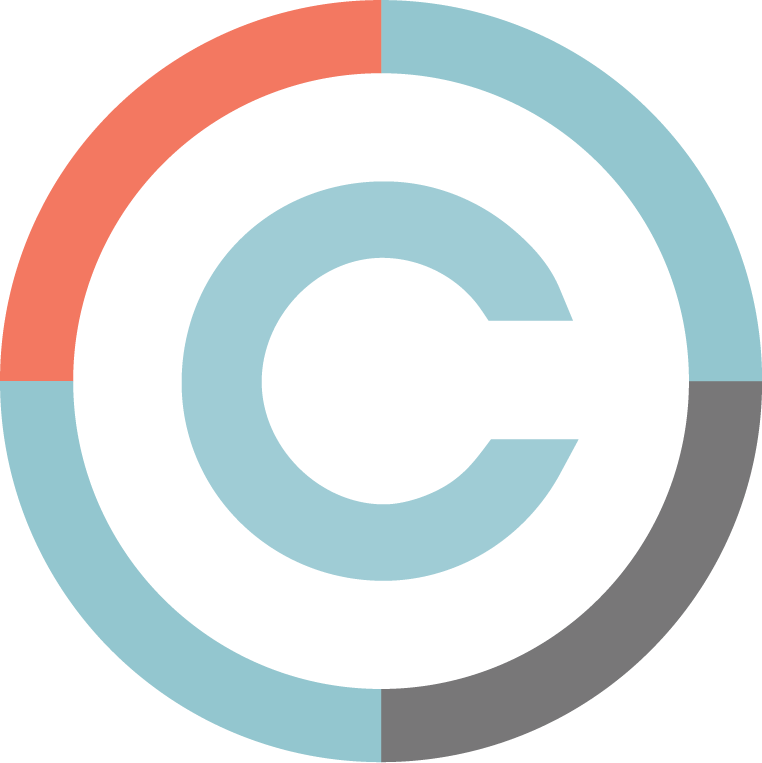10 Commandments for Better Conversion

Stop! Before you spend money on a new website, there are some things you should consider that will make a difference in whether that website becomes an investment that pays off. Your website should be more than just an online brochure – it could be a sales tool that generates leads for your business. Below are Cowley's 10 Commandments for Better Conversion. (Conversion, by the way, is just a fancy industry term for "getting your web visitor to do the things we want them to do that increase their likelihood of making a buy.") When designing your new website, make sure to pay attention to all of these elements – and if you're not sure about any of it, just contact Cowley Associates. Design and content should inspire consumer confidence.Your website should show that you take pride in what you do and that you are a leader in your industry. Subpar web design and inaccurate, poorly written content conveys an unprofessional image that makes the customer nervous. If you seem like you can't afford to or don't put the care into providing a decent website, why should they trust that you are a reputable company that will give good service? Make sure the user can find what they came for in 2 clicks or less.If a visitor comes to your site and starts clicking, that means they are there for a reason – they're interested in your products or services! Don't make it difficult for them to find the information they need to make a purchase decision. To be a sales tool, all web sites should be designed so that the user can get to any part of it in 2 clicks or less. This may seem obvious, but if a prospect searching the internet for products or services like yours can't find your website, you are not going to make the sale. That's why it's important to invest in search engine optimization (SEO) when building a new website. Lots of companies will say they know their SEO, so do your research and make sure they truly know what they're doing before they start working on your website. (Note: if your web company recommends a flash website, run for the hills. These sites are not SEO- or mobile-friendly.) Make it accessible and intuitive.If you haven't noticed the theme by now, it's time we yell it from the rooftops: YOUR WEBSITE NEEDS TO BE EASY TO USE. Information needs to be easy to find. It can be tempting to incorporate fancy designs and complex organizational schemes, but if they make it harder for your prospect to get the info they're seeking, then don't do it. When a potential customer wants to know more, it's useful to collect their contact information so you can provide them with the information they seek. It can be tempting to use this opportunity to collect as much information as you can to better understand and market to your customers. However, do not – we repeat –DO NOT ask for too much information from your prospects. This individual is a potential lead and could get lazy or scared off if they see they need to fill out a long form. Keep it simple, make it easy for them, and avoid losing the sale. Name, phone number, and e-mail address will usually suffice. Utilize power positions.Studies show that information placed in the upper right hand corner of a web page is most likely to be read. This makes that position the perfect place for conversion elements. (Conversion elements could be any of the following: contact information, a contact or information request form, social media buttons, newsletter sign-up, or your call to action.) Go a step further and call these out with attention-grabbing design elements. Keep important information above the fold.That means keep critical conversion information and the key benefits of your products or services on the upper part of your web pages. Don't assume your customer will scroll down to the bottom of the page – because many won't. A huge mistake that many designers make is burying conversion elements at the bottom of pages. Show that you're trustworthy.There are lots of ways to give consumers reasons to trust you. For instance, displaying a real address shows you have a location where you can be found, if need be. Also include your phone number, a privacy policy, an explanation of your shipping procedures, and, if you have a SSL certificate, display the "VeriSign Secured" logo. Contact information should be displayed prominently on every page.This seems like a no-brainer, but you'd be surprised how many websites don't do this. If your customer sees something on your site that makes them want to get in touch with you, why make them look for the necessary info? Make sure it's right there. If you have an online store, be sure to include user reviews.User reviews are trusted by potential customers because they come from sources that are unaffiliated with your company. Nielson reports that 90% of online shoppers say they trust user-generated reviews and that these reviews play a role in their decision making. Don't give your prospect a reason to go elsewhere when your product could be exactly what they are looking for. Provide the information so many customers seek. At Cowley Associates, we're all about making the most of your marketing dollars by simultaneously building your brand and generating leads. We consider how even the smallest details of every advertising campaign we design will integrate with your sales process. To learn more about how the Cowley "ADD Agency" can add value to your advertising and web efforts, contact us today. |
 Stay InTOUCHSign up here to get our monthly newsletter and blog updates. |





